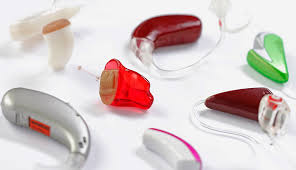Older adults can save tens of thousands of dollars annually by choosing assisted living communities over aging in place in their homes.
Unlike point solutions, Inspiren unifies resident safety, care planning, staffing, and emergency response into a single AI-powered platform.
An artificial intelligence-powered virtual assistant platform for senior living and care providers.

 Uncorrected hearing loss isolates and harms older adults.
Uncorrected hearing loss isolates and harms older adults.
Comments
How to Make a Home More User-Friendly for Deaf/Hard of Hearing
Laurie suggested adding my guide as a comment. Hope anyone that reads it, gets some use out of it. TY for letting me add this, Laurie. :-)
https://www.yourathometeam.com/deaf-or-hard-of-hearing-home-improvements/